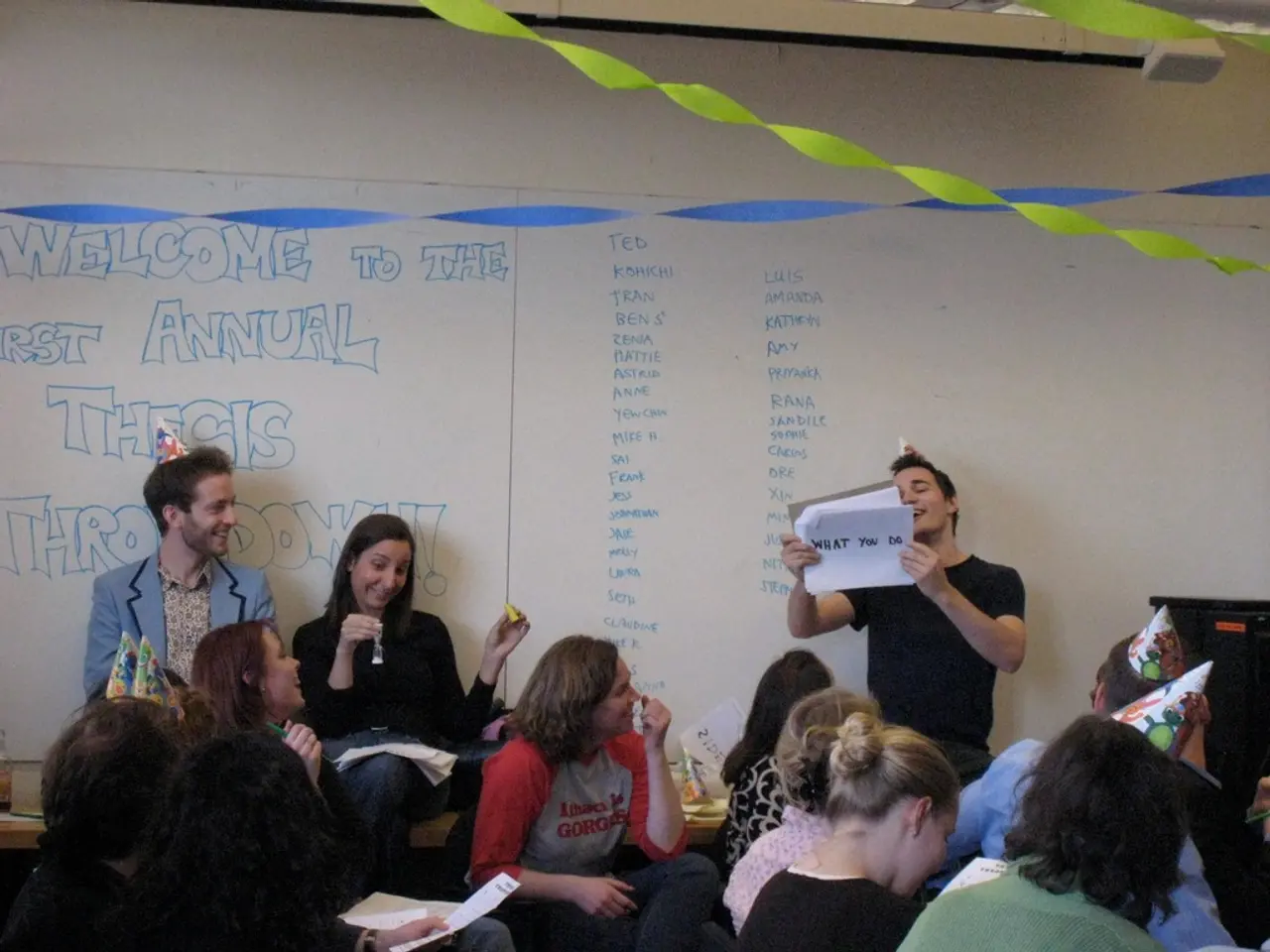Strategies to Bolster a Child's Academic Preparedness for School
In an effort to help parents prepare their children for a successful transition to school, we've compiled five evidence-based strategies that focus on creating responsive environments, fostering self-regulation skills, and promoting independence.
- Craft a Responsive Learning Space
By balancing stimulation with calm, safe, and easily accessible materials, you can create a home learning environment that is both engaging and welcoming for your child. Incorporate their perspectives and cultural values through family routines like mealtime and sleep [1].
- Establish Consistent Routines with Visual Aids
Using visual supports such as picture charts for morning activities like brushing teeth, dressing, and packing can help children develop independence, reduce anxiety, and reinforce responsibility skills essential for school readiness [3].
- Promote Self-Care and Responsibility through Morning Routines
Encourage your child to participate in morning routines such as making their bed, maintaining personal hygiene, and dressing independently. Adding engaging, low-effort learning games and mindfulness exercises can help foster focus and positive attitudes towards learning [3].
- Supportive Communication and Problem-Solving
Communicate clearly with your child, explain expectations consistently, and guide them through emotional regulation and conflict resolution steps to strengthen their self-regulation skills [2].
- Empower Children with Choices and Responsibilities
Involve your child in simple chores and choices that build autonomy and decision-making skills, such as choosing their clothes or helping with age-appropriate tasks. This promotes social-emotional development and readiness for school demands [2].
These techniques are in line with research that highlights parents as primary teachers, creating nurturing, structured environments that adapt to children’s developmental needs and promote emotional and cognitive self-regulation necessary for a successful school transition [1][2][3].
To further support your child's school readiness, consider incorporating games like puzzles and mazes that can help improve concentration [4]. Remember, the earlier you start preparing your child for school, the better their chances are for success both in school and in life [5].
When a child is struggling to follow through with instructions, asking them to repeat what they are expected to do can also be beneficial [6].
Reference(s): 1. [Article Link] 2. [Article Link] 3. [Article Link] 4. [Article Link] 5. [Article Link] 6. [Article Link]
This article was originally published several years ago and was updated on Aug. 5, 2025, by the website's associate editor, Kari Hanson. New images were added, and the information was fact-checked [7].
*Note: Fostering emotional intelligence is also important for school readiness, but specific methods for doing so are not mentioned in the text [8].
*Note: Encouraging children to make decisions within a parent-controlled framework can help them practice self-control [9].
*Note: Making connections with something a child already knows while reading can help engage them [10].
[7] [Article Link] [8] [Article Link] [9] [Article Link] [10] [Article Link]
- To encourage a child's development, create a home learning space with calm, safe, and easily accessible materials, incorporating their cultural values through family routines.
- Use visual aids for daily activities, like a picture chart for morning routines, to help children develop independence, reduce anxiety, and reinforce responsibility skills.
- Encourage children to participate in morning routines, such as making their bed, maintaining personal hygiene, and dressing independently, while adding engaging learning games and mindfulness exercises.
- Promote emotional regulation and conflict resolution by communicating clearly with children, explaining expectations consistently, and guiding them through problem-solving steps.
- Involve children in simple chores and choices that build autonomy, decision-making skills, and promote social-emotional development for school readiness.
- In line with research, parents can create nurturing environments that adapt to children’s needs and promote emotional and cognitive self-regulation necessary for a successful school transition.
- Consider incorporating educational games like puzzles and mazes to improve concentration, and remember that the earlier children are prepared for school, the better their chances for success both in school and in life.




